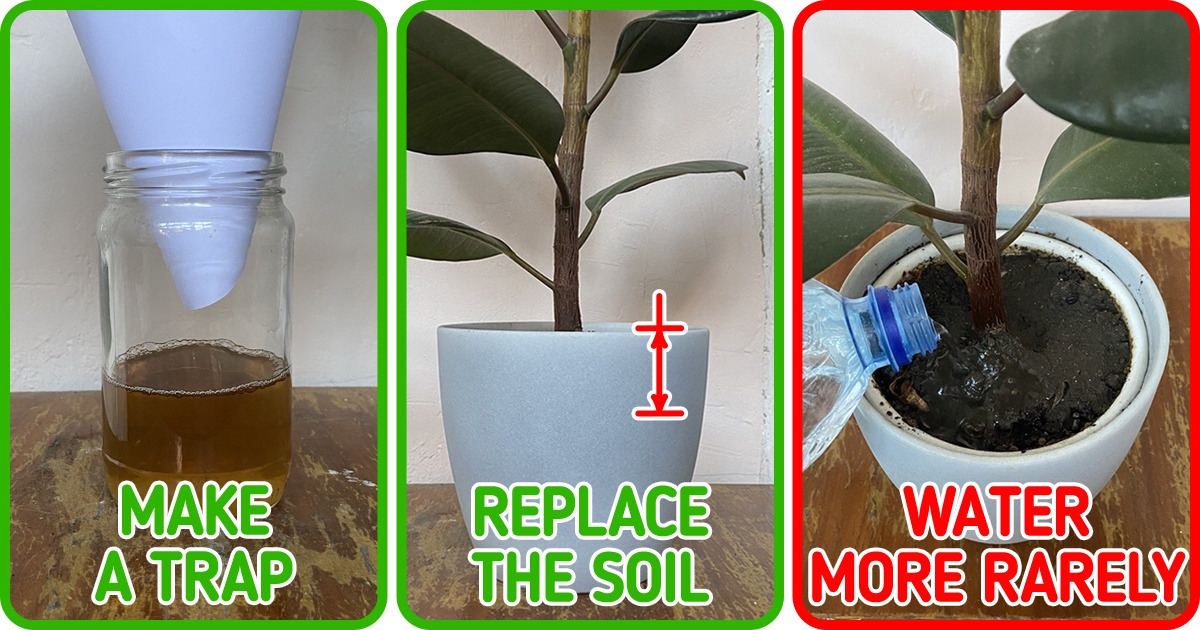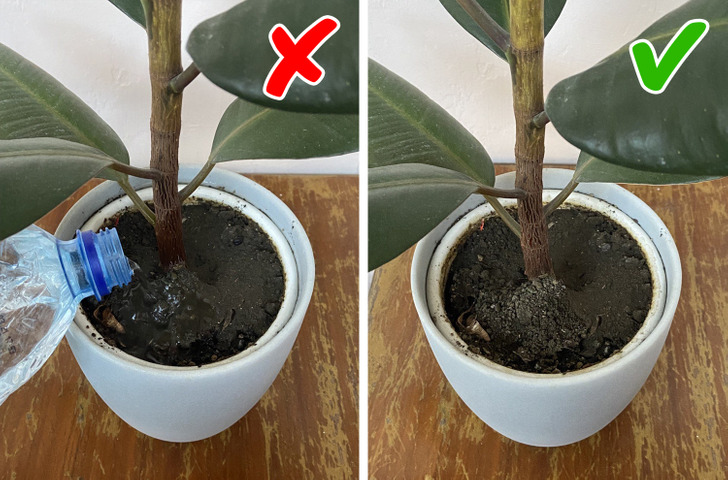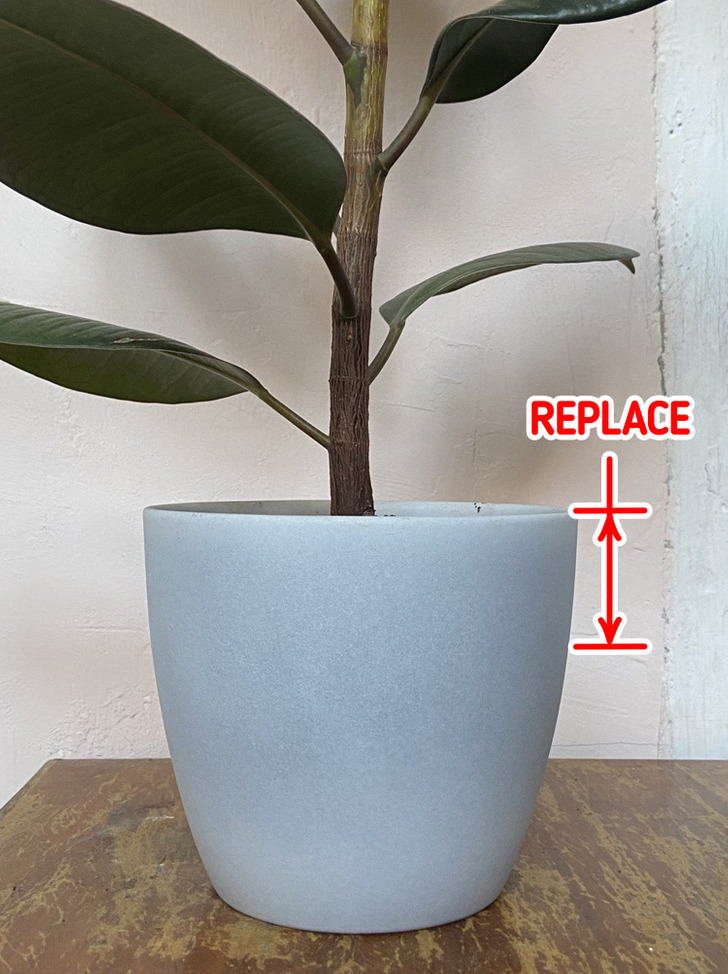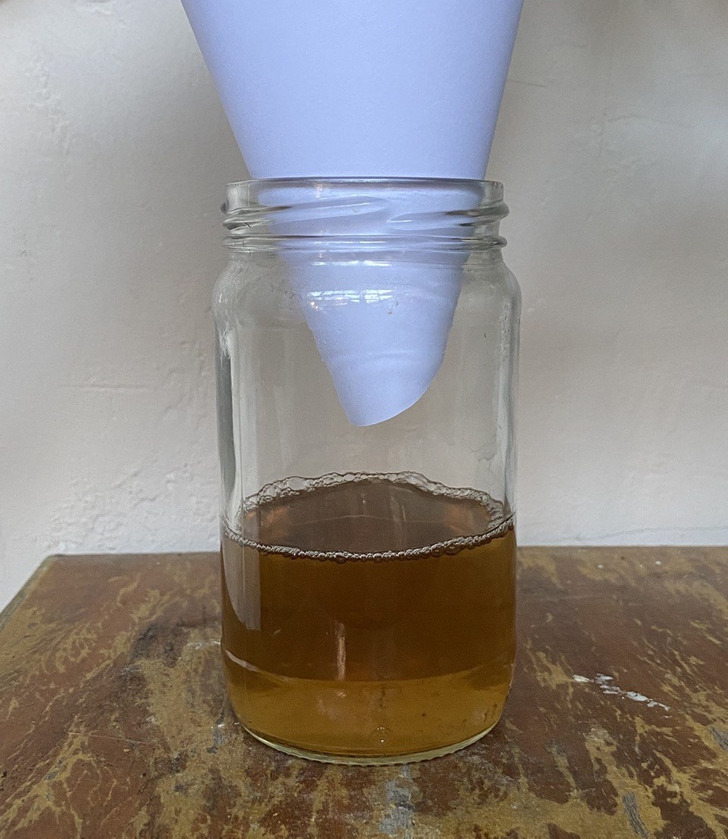How to Get Rid of Midges on Plants

Sometimes home plants might end up getting tiny midgets. Despite being harmless to humans, these insects are quite dangerous to the plant itself. Today, 5-Minute Crafts will tell you where they come from and how to protect your plants.
The reasons for their appearance

There are several reasons why midgets might appear on your plants. Here are the main ones.
- Overwatering: If the plant is in a room with insufficient sunlight and the soil remains moist for a long time, it increases the chances of appearing midges. They emerge from larvae that have been laid in the upper layer of the soil, while darkness and humidity are excellent conditions for their reproduction.
- New plants: If you notice midgets after bringing a new potted plant to your apartment, it’s likely that the soil has already been infected with it, which means the insects can spread to other flowers at home.
- Soil: The soil mixture that you bought or collected yourself may also contain the larvae of these insects.
How to fight them

It’s much easier to fight with midgets than it might seem at first sight. We are going to list several pieces of advice that will help you with it.
- Water the plant more rarely. Of course, this doesn’t mean that you need to let the plant dry out. But it’s best to let the soil dry out between waterings to provide an unsuitable breeding ground for midges. Thanks to this, the number of insects can be significantly reduced.
- Remove the upper layer of the soil. To get rid of infested soil, remove about 1.5 inches to 2 inches of soil from the pot. Replace it with a fresh and high-quality potting mixture.
- Use special soil. A lot of filler that’s sold in stores is sterile and doesn’t contain insects larvae. Moreover, if you cover the soil 0.5 inches thick with a mixture of gravel, sand, or decorative glass stones, it will be more difficult for midges to lay new larvae.

- Use a sticky trap. This is a good method that was used by our grannies. These insects rarely fly far from the plant, so it is enough to place the trap in the immediate vicinity of the flower, at the soil level.
- Make the trap yourself. For this, take a container and pour a few tablespoons of apple cider vinegar and a few drops of dishwashing detergent into it. Add a piece of ripe fruit. Make a paper funnel as shown in the photo above and place it in the container so that it doesn’t touch the liquid.
Share This Article